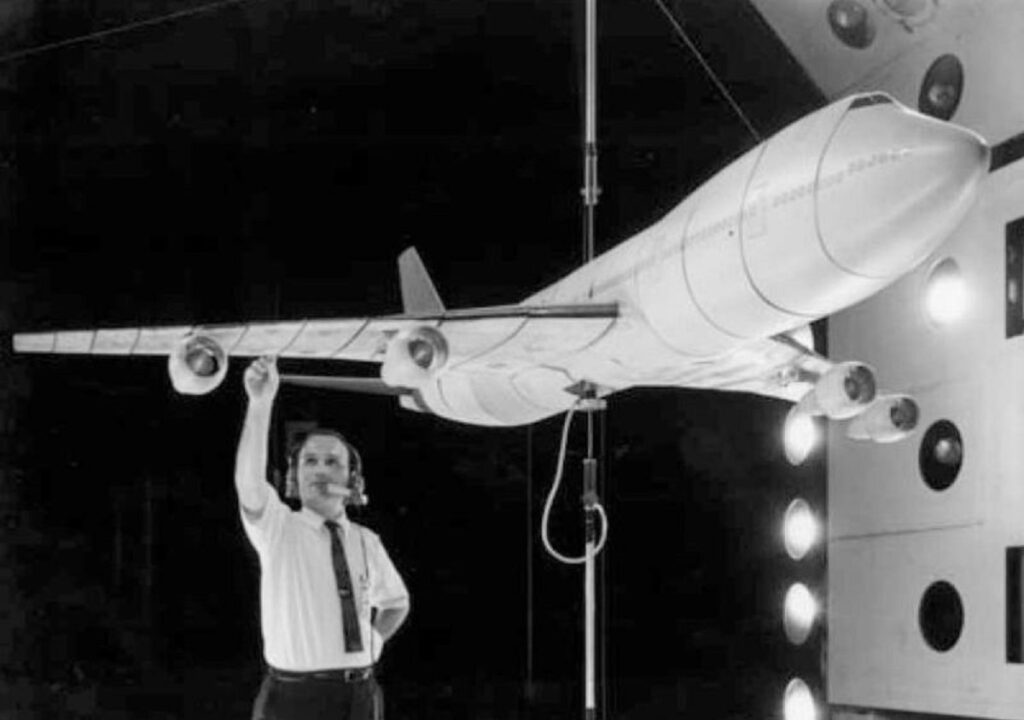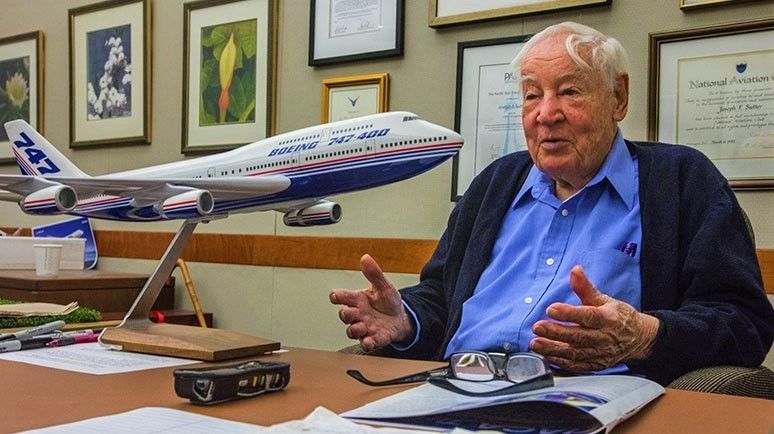
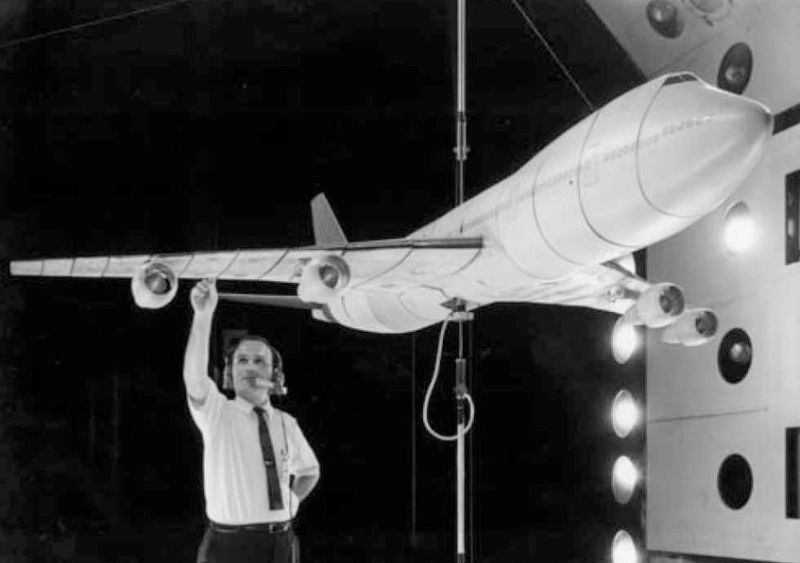
How ‘Sutter Twist’ saved the Boeing 747 Programme in 1960s ? Why ‘Sutter Twist’ was no more needed for Models Like Boeing B747-8 ?
✔While building the first prototype of B747, Team Lead Joe Sutter & his team members found that the outer section of the wing was bearing too much load.
✔This Load would develop a strong wing vibration that could have caused serious damage to the aircraft in flight.
✔As Designing a whole new wing was out of choice, Joe Sutter found that if he twisted the outboard wing structure by 3 degrees, 80%-90% of the loads on the wing structure would reduce, thus dampening this hazardous vibration.
✔The twist, just after the outboard engine pylon was the cheapest option to be adapted to save the B747 programme, was later known as the “Sutter Twist”.
✔While designing the new Boeing 747-8, the wing design was borrowed from the B787 Dreamliner, but to their surprise, during the 747-8 testing they found the similar vibration that happened during the initial B747 design.
✔However, there was a relief this time, as “Fly-by- wire” was there to the rescue, the Flight augmentation computers would compensate for the vibration this time & no “Sutter Twist” to the wing required.
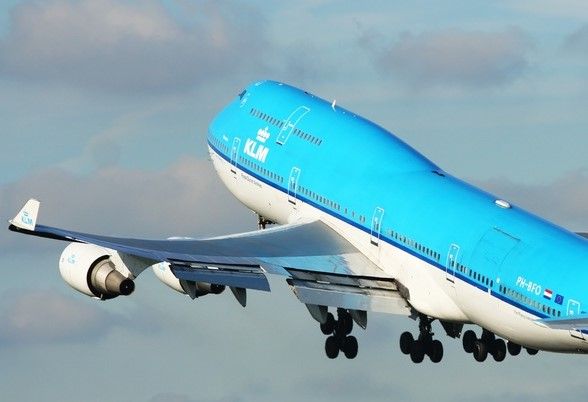
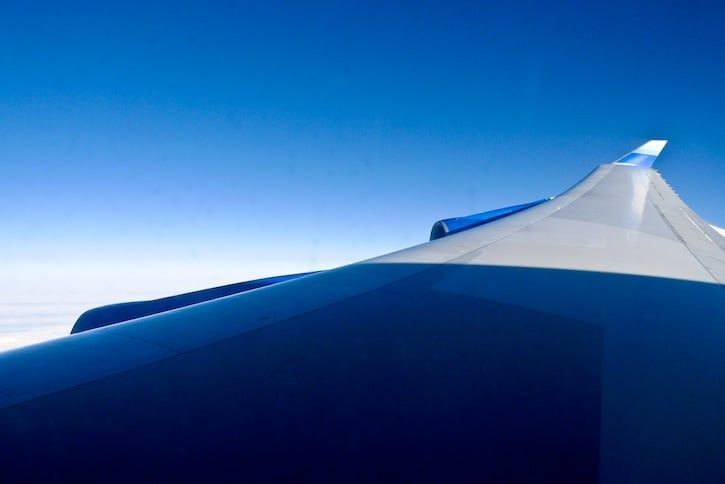

Author – Tanmay Palei
Sr. Aircraft Structure Engineer

